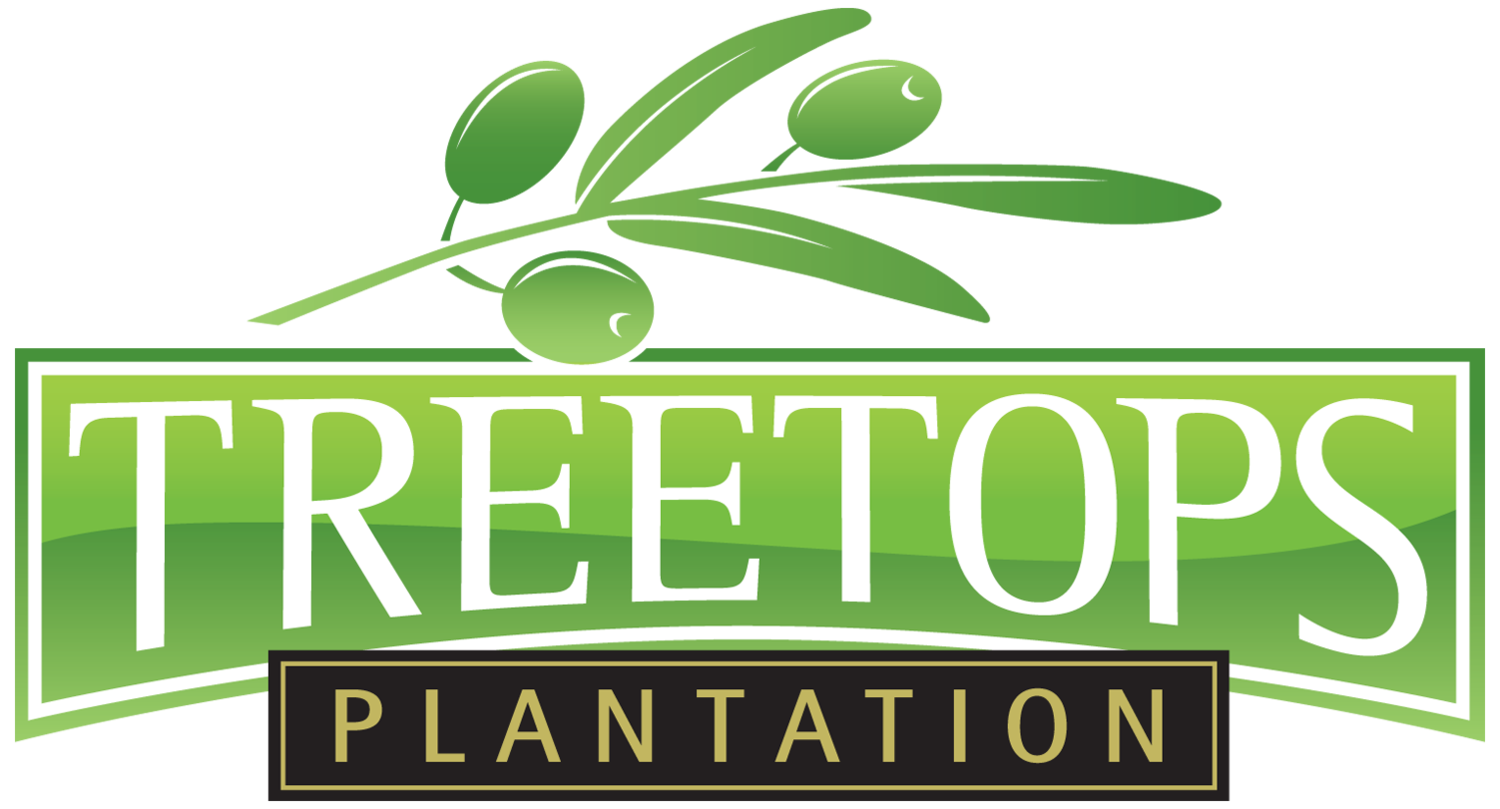AUSTRALIAN TABLE OLIVES - OUR MARKETPLACE
The Treetops objective is to take advantage of this imbalance by producing on a sustainable basis high quality, fresh, source identifiable consistent quality table olives at its own processing facility.
________
Australian Table Olives - An Overview 2015
By Peter McFarlane, McFarlane Strategic Services
Convenor, AOA National Table Olive Committee
Australian table olive production for the 2014 season is estimated at 3,500 tonne, with a Gross Value of Production (GVP) of AUD$10 million.
Australian apparent consumption of table olives (domestic production plus imports, minus exports) is estimated at 18 million kg or 0.8 kg / person, with imported table olives comprising more than 80% of Australian domestic consumption.
Domestic and export market conditions remain challenging for table olive producers, with Australian supermarket shelves dominated with cheap imported products, and with limited capacity for high cost Australian producers to win export markets.
Subsequent to a 24%[1] depreciation of the Australian Dollar (A$) against the euro (EUR) between August 2012 and December 2013, from a high of EUR 0.85 to a low of EUR 0.65, (which served to make imports dearer and exports more competitive), over the past 12 months the A$ has rallied by 7.5% to EUR 0.70, thereby making imported olive products correspondingly cheaper, and applying downward pressure on domestic wholesale prices.
Whilst the quality of Australian table olives is considered to be of a high standard, ours is a small developing industry of mostly boutique growers that currently supply the local tourist market. These enterprises will need to be scaled up in order to reliably supply specialty continental food shops and the major retail chains. Encouragingly, Sandhurst Fine Foods are now distributing a range of Australian table olive products to supermarket chains, demonstrating the potential of this sector.
Australian table olive exports in the 2013-2014 ABS reporting period is 132 tonne (down 34% on the 198 tonne exported in the previous reporting period), with a total value of A$0.98 million. The 18 destination countries listed include: NZ (54%), Turkey (13%), Chile (9%), UAE (9%), Japan (3%), Hong Kong (2%), Malaysia (2%), Philippines (2%). The average value of exports was A$7.45 per kg including: NZ ($8.26), Turkey ($1.80), Chile ($2.95), UAE ($12.21), Japan ($6.47), Hong Kong ($8.37), Malaysia ($6.29), Philippines ($6.83).
Table olive imports in the 2013-2014 ABS reporting period, were 14,649 tonne (c.f. 15,397 tonne imported in the previous reporting period), with a total value of A$44.4 million, comprising:
Black olives: 9,763 tonne with a total value of A$29.5 million
Green olives: 4,886 tonne with a total value of A$14.9 million
The 26 countries of origin include Greece (40%), Spain (40%), Chile (7%), Italy (5%), Turkey (3%), Morocco (2%) and other (4%), with the average value of imports being A$3.03 per kg, including Greece ($3.94), Spain ($2.01), Chile ($3.28), Italy ($4.36), Turkey ($2.50), and Morocco ($2.64).
Some other useful table olive references:
Establishing Protocols and Guidelines for Table Olives processing in Australia’ (RIRDC 2004)[6], and a companion publication –Producing Table Olives (Landlinks Press 2007)[7], by Professor Stan Kailis and David Harris provides Australian olive growers and processors with internationally based guidelines for ensuring the quality and safety of processed table olives.
A simple “how to” guide to processing various styles of table olives by Professor Stan Kailis can be found on the AOA website[8].

